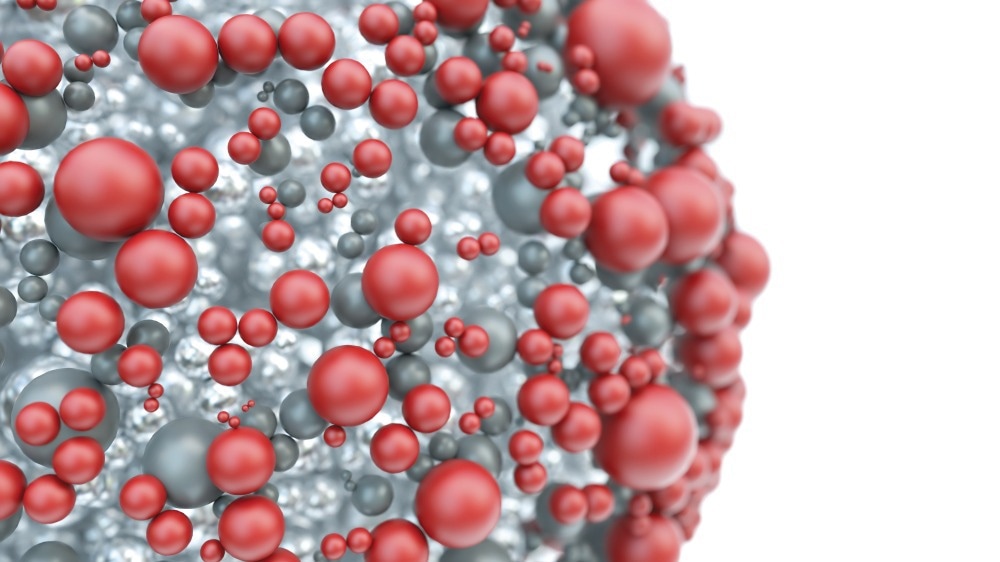In the dynamic imaging of interfacial electrochemistry, advancement has been made by the research group headed by Professor Xianwei Liu from the Department of Environmental Science and Engineering of the University of Science and Technology of China (USTC) of the Chinese Academy of Science (CAS).

Image Credit: Crevis/Shutterstock.com
The study outcomes were reported in the Nature Communications journal.
In water pollution control, the catalytic conversion of pollutants is considered a pivotal method. Examining the dynamic variations of active sites in environmental catalytic materials at the time of the pollutant conversion process is vital for comprehending the structure-activity relationship of such materials, decoding the catalytic mechanism, and designing and developing new environmental catalysts.
While there is considerable interest prevailing among scientists in examining the active sites of nanomaterials, difficulties continue in learning the dynamic advancement of reactions at the interface of separate nanomaterials in mild aqueous environments.
In reaction to the aforementioned difficulties, the research group came up with a high-resolution plasmonic scattering interferometric imaging method. By modulating the incident light, they effectively removed interference from reflected light, thereby obtaining surface plasmonic scattering interferometric imaging, strong anti-interference, and high spatial resolution capabilities.
Considering the surface electrochemical reactions over silver as an instance, the research group tracked in situ the dynamic electrochemical transformation process of a single silver nanowire in solution, spatially inscribed the distribution of the nanowire reaction and offered main proof to fix the relationship between the nanowire reconfiguration, surface defects, and also the reaction activity.
It is possible to combine this label-free imaging analysis method with approaches like electron microscopy to distinguish the chemical and structure composition of nanomaterials.
It provides an efficient analytical technique and technological platform available for high-resolution in situ imaging of pollutant catalytic conversion dynamics and also for decoding their structure-activity relationships.
Journal Reference
Wu, G., et al. (2023) Dynamic imaging of interfacial electrochemistry on single Ag nanowires by azimuth-modulated plasmonic scattering interferometry. Nature Communications. https://doi.org/10.1038/s41467-023-39866-8.